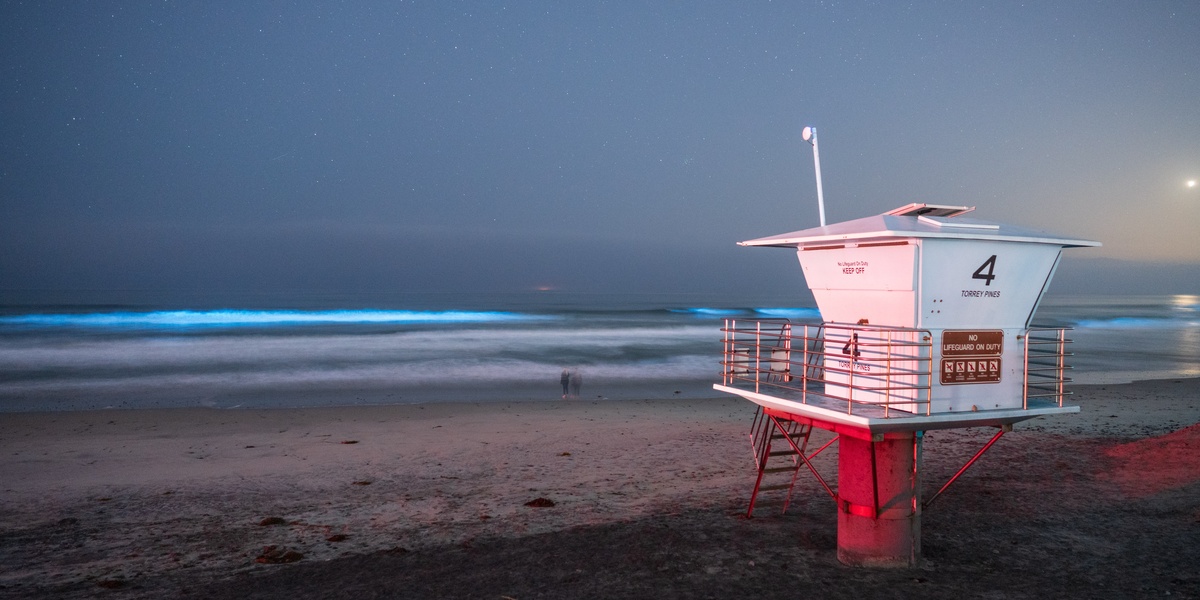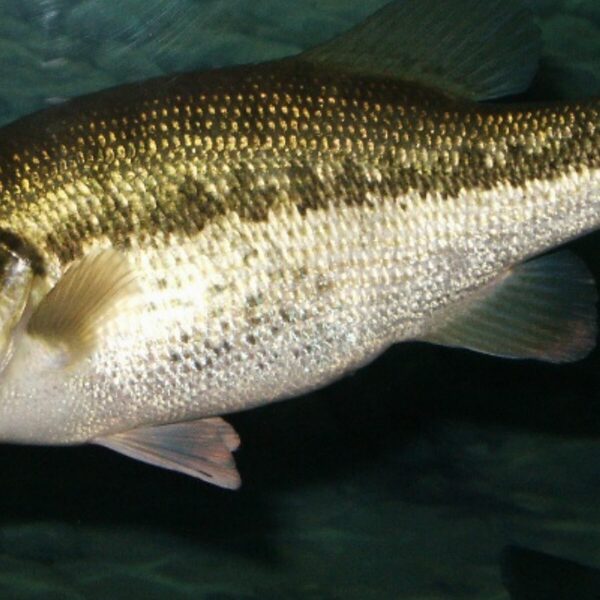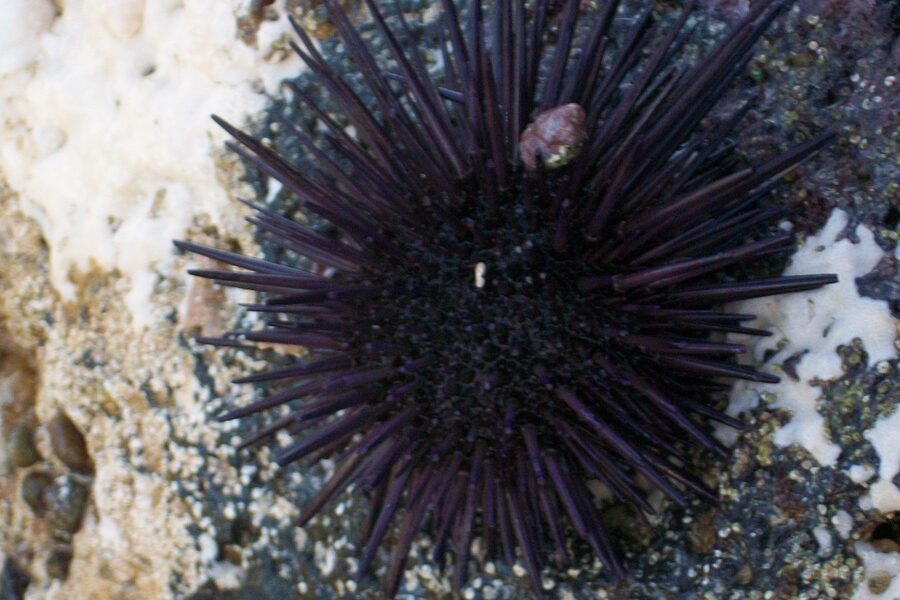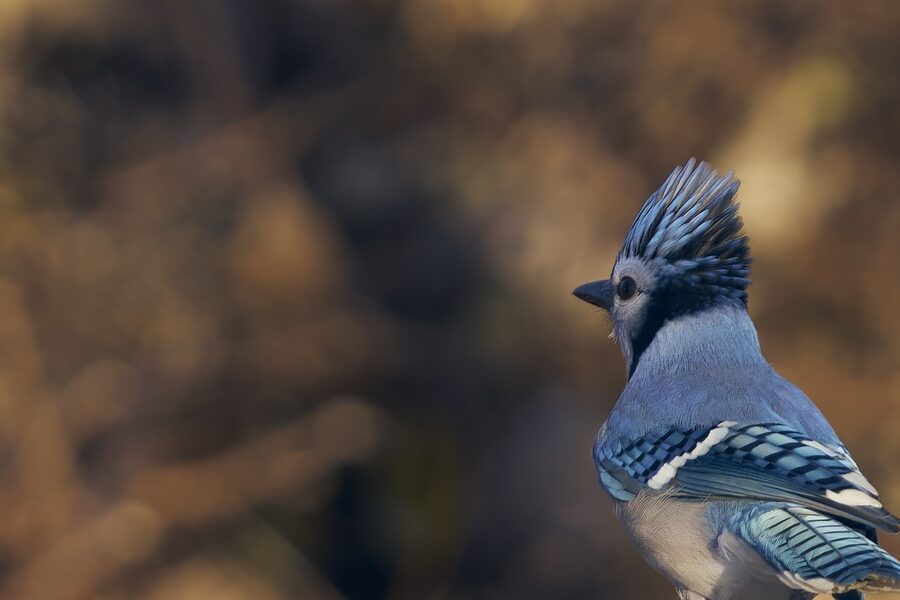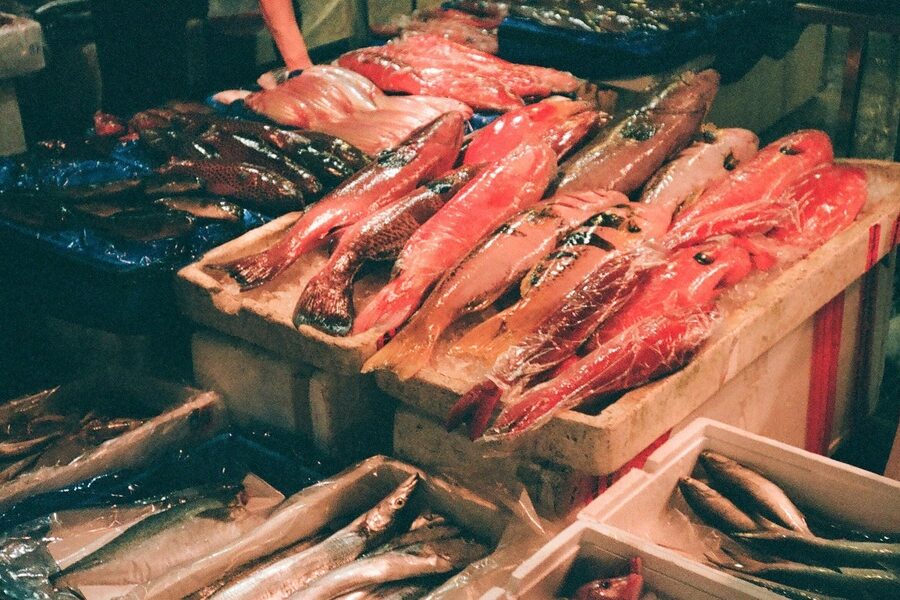Coastal nights sometimes glow with a faint blue light when tiny organisms in the water emit photons. These displays are most visible on calm, moonless evenings and can signal changes in nutrient levels, water temperature, or currents along beaches, bays, and sheltered inlets.
There are 13 bioluminescent algae, ranging from California Red Tide to Spindle Algae. For each entry you’ll find below Scientific name,Range / Hotspots,Bloom season (months),Description (30-50 words) — you’ll find below.
How can I safely observe bioluminescent algae?
Go at night with little moonlight, choose a calm shoreline or kayak launch, and keep noise and lights to a minimum. Avoid wading in or collecting water, follow local beach advisories, and never use soaps or chemicals. Bring a red flashlight and give wildlife plenty of space.
When are blooms most likely and where should I look?
Timing and hotspots vary: many blooms peak in warm months or after nutrient runoffs, while others follow upwelling events. Check regional monitoring pages and local tide or park reports; the list below gives bloom seasons and notable ranges so you can plan visits or research.
Bioluminescent Algae
| Name | Scientific name | Range / Hotspots | Bloom season (months) | Description (30-50 words) |
|---|---|---|---|---|
| Sea Sparkle | Noctiluca scintillans | Global temperate and tropical coasts; Gippsland Lakes, Australia; Belgium | April to October | This large, non-photosynthetic dinoflagellate is one of the most common causes of glowing seas. Its brilliant blue flashes are triggered by disturbances like waves or boats, serving as a “burglar alarm” to startle predators. It is not typically toxic. |
| California Red Tide | Lingulodinium polyedra | Southern California coast; Mediterranean Sea; Baja California | August to October | Famous for causing spectacular “red tides” by day and luminous blue waves by night in Southern California. Each cell flashes brightly when agitated, creating a mesmerizing glow. Blooms can sometimes be associated with low-oxygen conditions that harm marine life. |
| Caribbean Fire Algae | Pyrodinium bahamense | Caribbean Sea; Mosquito Bay, Puerto Rico; Indian River Lagoon, Florida | Year-round (peak varies) | Considered one of the brightest bioluminescent organisms, this alga creates the intense, persistent glow in Puerto Rico’s famous bio-bays. It is also capable of producing saxitoxin, a potent neurotoxin, so blooms can be associated with shellfish poisoning. |
| Spindle Algae | Pyrocystis fusiformis | Tropical and subtropical oceans worldwide | Year-round | This large, spindle-shaped single-celled alga is popular for home aquariums and “bio-orbs.” It glows continuously when in its dark cycle but will flash brightly when disturbed. Its predictable light makes it a common subject for scientific study. |
| Moon Algae | Pyrocystis lunula | Global tropical and temperate waters | Year-round | Named for its crescent moon shape, this dinoflagellate is another popular choice for glowing science kits. Like its relatives, it follows a circadian rhythm, photosynthesizing during the day and producing a bright blue flash of light when agitated at night. |
| Red Tide Dinoflagellate | Alexandrium fundyense | Gulf of Maine; North Atlantic coasts | May to September | While known for causing toxic “red tides” and paralytic shellfish poisoning (PSP), this species is also bioluminescent. Its glow is less intense than others but contributes to the faint luminescence of the water during blooms, acting as a warning of its presence. |
| Horned Dinoflagellate | Ceratium fusus | Cosmopolitan in marine and brackish waters | Year-round | This distinctly shaped alga, with its long, slender horns, is a common member of the phytoplankton community. While not a dramatic bloom-former, individual cells produce brief, bright flashes of light when mechanically stimulated, contributing to oceanic sparkle. |
| Luminous Sea Ghost | Gonyaulax polygramma | Temperate and tropical coastal waters worldwide | Summer to Autumn | This armored dinoflagellate can form dense, non-toxic red tides. At night, these blooms produce a striking blue bioluminescence when disturbed by waves, boats, or swimmers. The intricate patterns on its surface are visible under a microscope. |
| Mosquito Bay, Puerto Rico | Pyrodinium bahamense | Vieques, Puerto Rico | Year-round (peak in dry season) | Officially the brightest bioluminescent bay in the world, Mosquito Bay’s magic comes from an extremely high concentration of *Pyrodinium bahamense*. The enclosed, calm waters allow the dinoflagellates to thrive, creating an unforgettable year-round spectacle for kayakers. |
| Gippsland Lakes Bloom | Noctiluca scintillans | Victoria, Australia | December to February (intermittent) | Following fires and floods in 2008-2009, this lake system experienced an unprecedented, multi-year bloom of *Noctiluca scintillans*. The event created otherworldly glowing landscapes, drawing photographers and tourists from around the globe to witness the intense blue light. |
| San Diego Glow | Lingulodinium polyedra | San Diego and Southern California coast | August to October (variable) | Periodic red tides of *Lingulodinium polyedra* create one of nature’s best light shows. Waves crashing on the shore glow an electric blue, and surfers can be seen riding luminous crests. These events are unpredictable but draw huge crowds when they occur. |
| Maldives Sea of Stars | Lingulodinium polyedra (often) | Vaadhoo Island and other Maldivian atolls | June to October | The famous “Sea of Stars” phenomenon is caused by dinoflagellates, often attributed to *Lingulodinium*, washing ashore. As waves gently disturb the organisms trapped on the sand, they emit a starry carpet of brilliant blue lights along the waterline. |
| Indian River Lagoon Blooms | Pyrodinium bahamense | Florida, USA | June to October | This estuary experiences “milky seas” from intense summer blooms of *Pyrodinium bahamense* and other dinoflagellates. The water glows a uniform, eerie white-blue when disturbed by boat wakes, dolphins, or swimming manatees, creating a truly magical effect. |
Images and Descriptions

Sea Sparkle
This large, non-photosynthetic dinoflagellate is one of the most common causes of glowing seas. Its brilliant blue flashes are triggered by disturbances like waves or boats, serving as a “burglar alarm” to startle predators. It is not typically toxic.
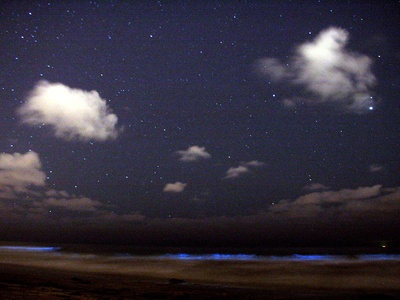
California Red Tide
Famous for causing spectacular “red tides” by day and luminous blue waves by night in Southern California. Each cell flashes brightly when agitated, creating a mesmerizing glow. Blooms can sometimes be associated with low-oxygen conditions that harm marine life.

Caribbean Fire Algae
Considered one of the brightest bioluminescent organisms, this alga creates the intense, persistent glow in Puerto Rico’s famous bio-bays. It is also capable of producing saxitoxin, a potent neurotoxin, so blooms can be associated with shellfish poisoning.

Spindle Algae
This large, spindle-shaped single-celled alga is popular for home aquariums and “bio-orbs.” It glows continuously when in its dark cycle but will flash brightly when disturbed. Its predictable light makes it a common subject for scientific study.

Moon Algae
Named for its crescent moon shape, this dinoflagellate is another popular choice for glowing science kits. Like its relatives, it follows a circadian rhythm, photosynthesizing during the day and producing a bright blue flash of light when agitated at night.
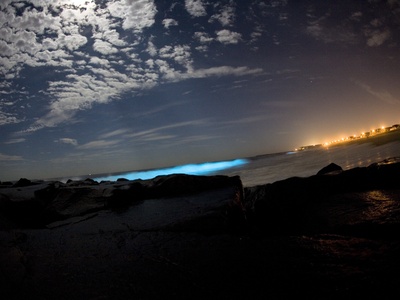
Red Tide Dinoflagellate
While known for causing toxic “red tides” and paralytic shellfish poisoning (PSP), this species is also bioluminescent. Its glow is less intense than others but contributes to the faint luminescence of the water during blooms, acting as a warning of its presence.
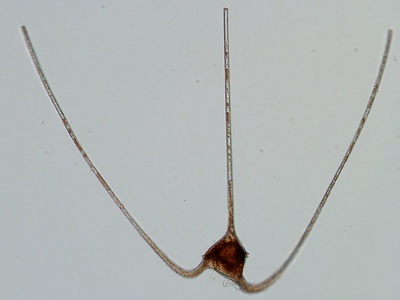
Horned Dinoflagellate
This distinctly shaped alga, with its long, slender horns, is a common member of the phytoplankton community. While not a dramatic bloom-former, individual cells produce brief, bright flashes of light when mechanically stimulated, contributing to oceanic sparkle.

Luminous Sea Ghost
This armored dinoflagellate can form dense, non-toxic red tides. At night, these blooms produce a striking blue bioluminescence when disturbed by waves, boats, or swimmers. The intricate patterns on its surface are visible under a microscope.

Mosquito Bay, Puerto Rico
Officially the brightest bioluminescent bay in the world, Mosquito Bay’s magic comes from an extremely high concentration of *Pyrodinium bahamense*. The enclosed, calm waters allow the dinoflagellates to thrive, creating an unforgettable year-round spectacle for kayakers.

Gippsland Lakes Bloom
Following fires and floods in 2008-2009, this lake system experienced an unprecedented, multi-year bloom of *Noctiluca scintillans*. The event created otherworldly glowing landscapes, drawing photographers and tourists from around the globe to witness the intense blue light.
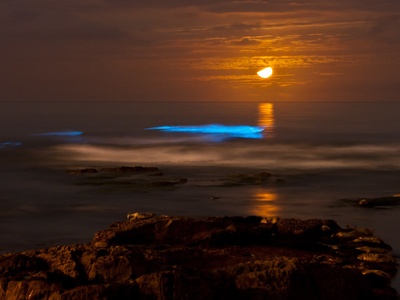
San Diego Glow
Periodic red tides of *Lingulodinium polyedra* create one of nature’s best light shows. Waves crashing on the shore glow an electric blue, and surfers can be seen riding luminous crests. These events are unpredictable but draw huge crowds when they occur.

Maldives Sea of Stars
The famous “Sea of Stars” phenomenon is caused by dinoflagellates, often attributed to *Lingulodinium*, washing ashore. As waves gently disturb the organisms trapped on the sand, they emit a starry carpet of brilliant blue lights along the waterline.

Indian River Lagoon Blooms
This estuary experiences “milky seas” from intense summer blooms of *Pyrodinium bahamense* and other dinoflagellates. The water glows a uniform, eerie white-blue when disturbed by boat wakes, dolphins, or swimming manatees, creating a truly magical effect.
